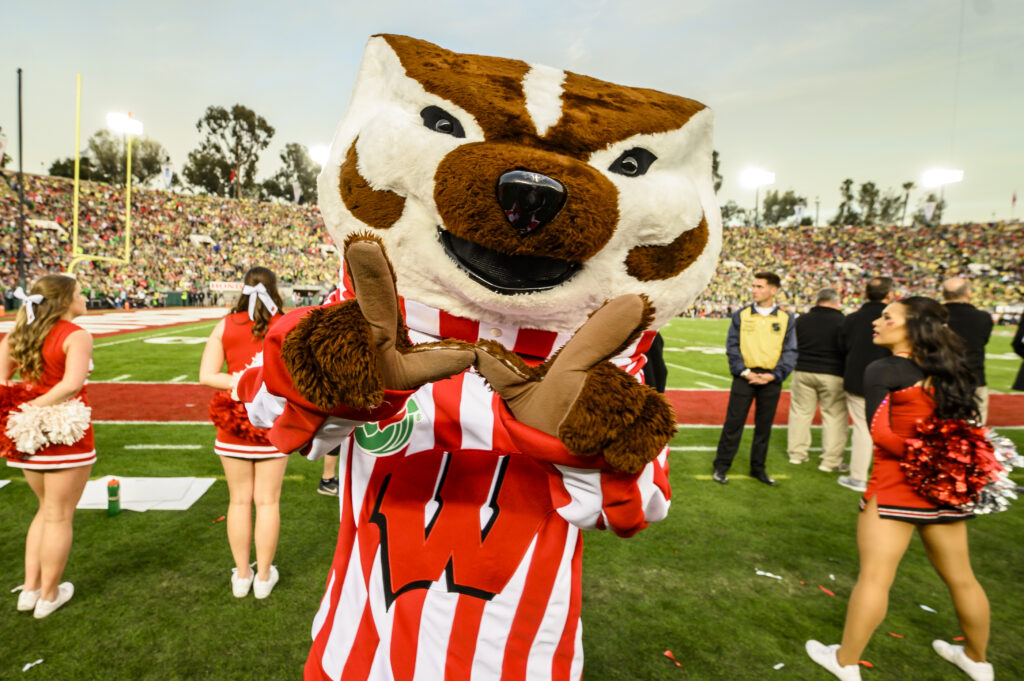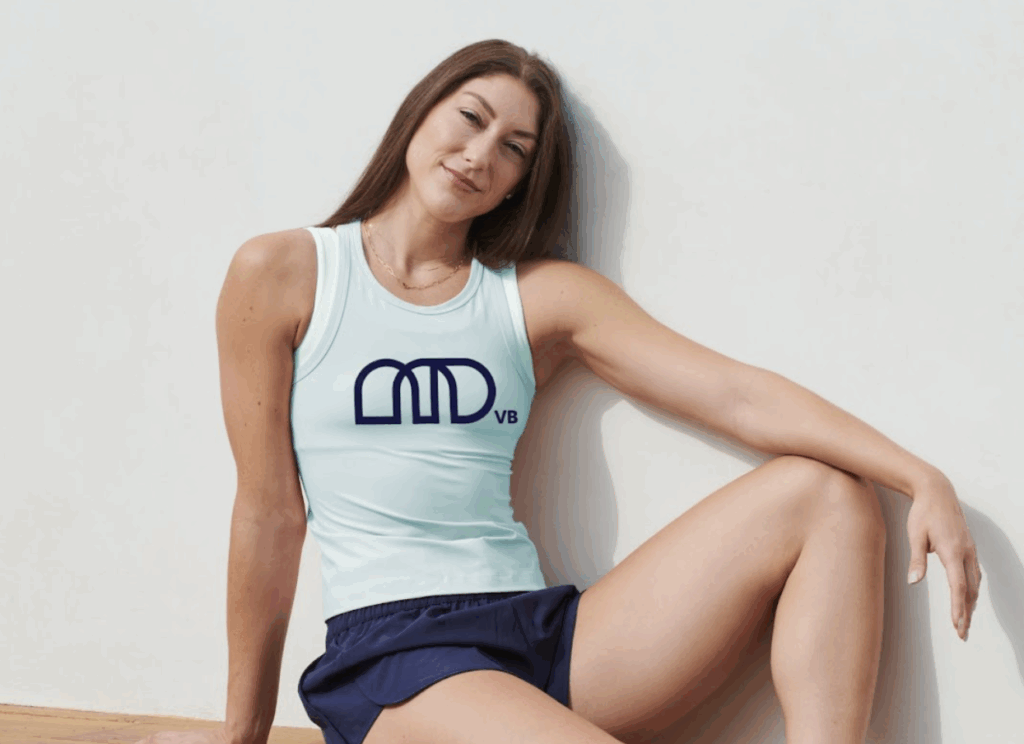By Bryan Sanborn
College football has changed. Rivals and traditions still exist, but it’s becoming more and more like a business. NIL deals, conference realignment, and the explosion of the transfer portal have turned the sport into a chaotic marketplace. While player freedom is a good thing, the current transfer system is too unstructured to work long-term. That’s why it’s time for something bold: a trade system for college football.
Right now, the transfer portal looks a lot like NFL free agency, except with even fewer rules. Players can hop from school to school, often without sitting out, and schools lose talent without getting anything in return. Coaches are constantly re-recruiting their players, and fans must re-learn half the roster every offseason. It’s hard to build continuity when you’re never sure who’s sticking around.
A trading system wouldn’t stop players from transferring; it would add structure.
If a player at a Power Four school wants to leave, you should allow the school to try to trade to get someone in return. The player gets a new opportunity, and the school doesn’t lose out completely.
This isn’t about punishing players for transferring. It’s about giving schools a way to manage their rosters more effectively—and protect themselves from being gutted every December. Like in the NFL, trade deals could include added value beyond player-for-player swaps. NIL packages could be factored into negotiations, or academic perks could be part of the deal, like getting into a grad program.
People will argue that this would make college football “too professional,” but let’s not pretend it isn’t already. The money is massive, the coaching salaries are crazy, and the media deals are billions. The difference is that NFL teams have rules like contracts, salary caps, and trade deadlines that bring stability. College football is trying to play a pro-level game with backyard rules.
In 2022, Pitt lost star receiver Jordan Addison to USC via the portal. The move was legal, but Pitt got nothing in return. That’s a top player walking out the door with zero compensation. Under a trading system, maybe Pitt gets a starting player in return and some NIL consideration in exchange. The roster stays balanced, the player receives his move, and the sport avoids more offseason chaos.
Would there be kinks to work out? Absolutely. Compliance, academic eligibility, and power dynamics between big and small schools would need control.
However, the NCAA has shown it’s willing to change. We can figure out how to allow structured trades if we already have early signing periods, NIL collectives, and a 12-team playoff. Other sports, like college baseball, already have more transfer restrictions. Football can do this, too.
The fans of these teams also want consistency from the players. They want to buy jerseys and know the player will be around for over one season. A trading system gives more transparency and could make the offseason more exciting. Imagine ESPN trade trackers in college football—deadline day drama, last-minute swaps, and strategic roster-building. It sounds wild, but so did NIL deals a few years ago.
At the end of the day, college football is only going to get more unpredictable. With TV deals and player empowerment growing yearly, we need systems that protect the sport’s competitive balance. A trading system wouldn’t take away player rights—it would give players and schools more clarity, structure, and fairness.
It’s time for college football to start being like the NFL. A trading system won’t fix everything, but it’s a step toward construction in a sport that is getting crazier and crazier every day.

